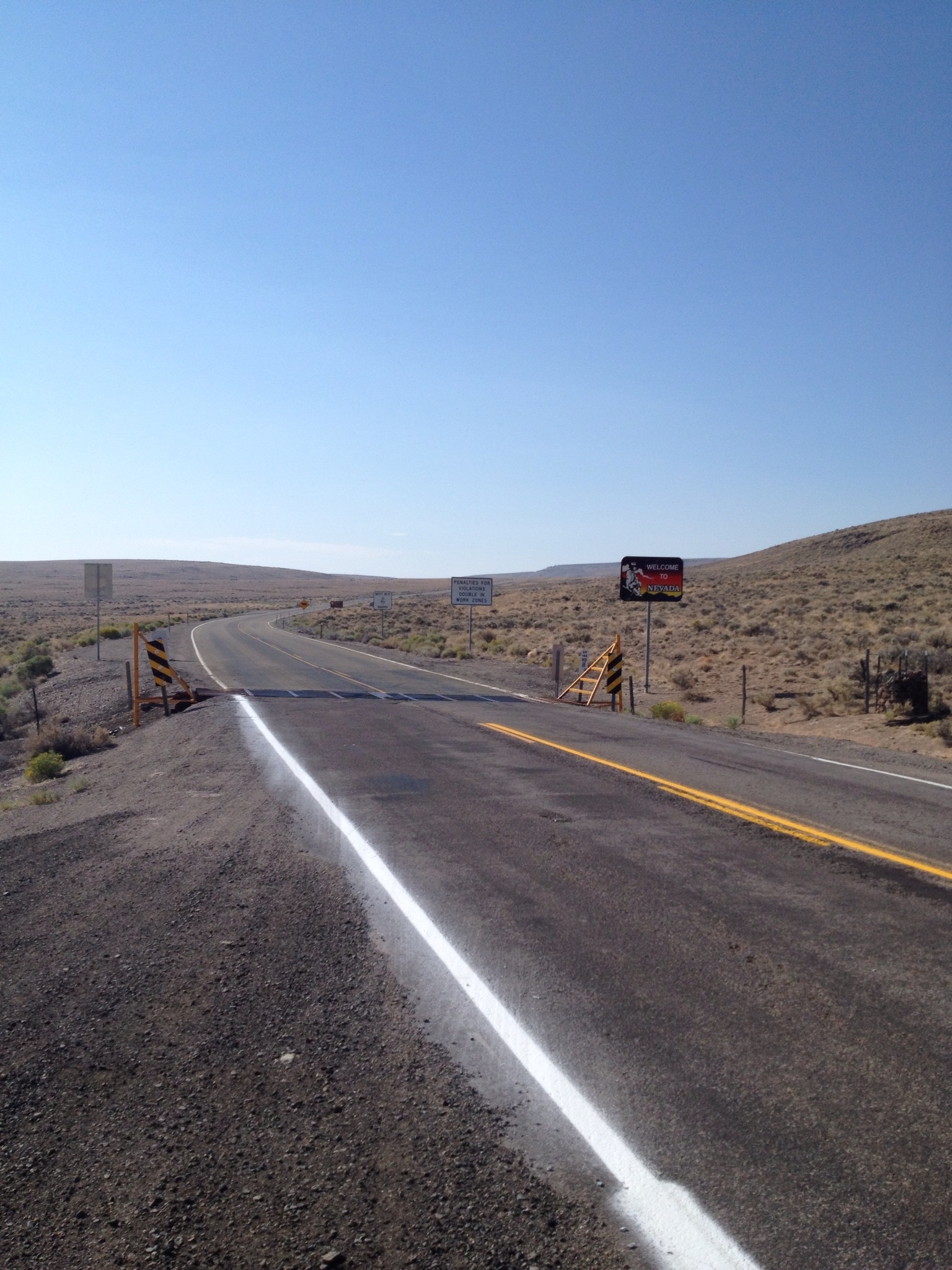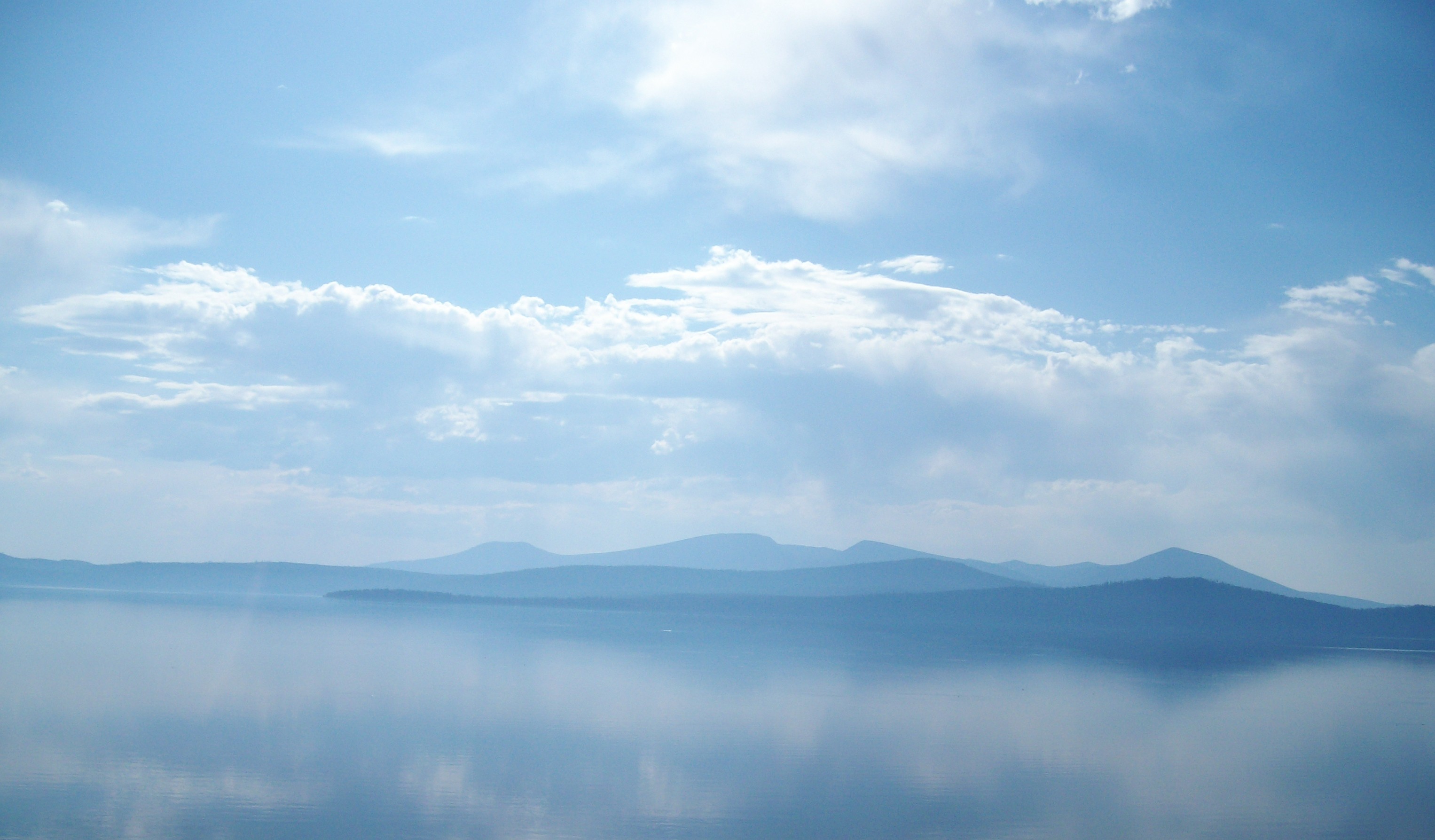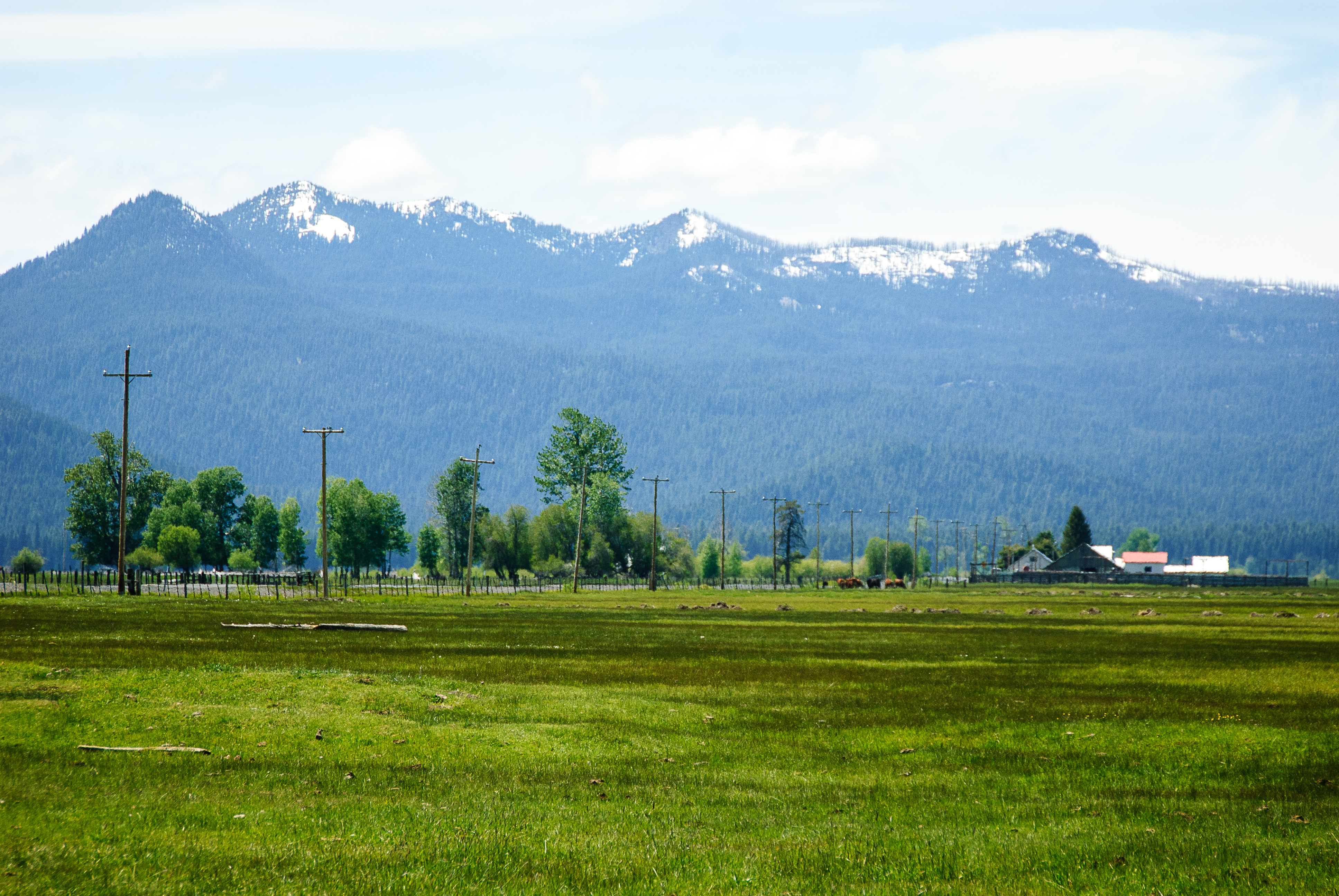|
Volcanic Legacy Scenic Byway
The Volcanic Legacy Scenic Byway is a scenic byway, scenic highway and All-American Road in the U.S. states of California and Oregon. It is roughly long and travels north–south along the Cascade Range past numerous volcanoes. It is composed of two separate National Scenic Byways, the Volcanic Legacy Scenic Byway - Oregon and Volcanic Legacy Scenic Byway - California. The latter also wholly includes the Lassen Scenic Byway. Route description Oregon section Starting at U.S. Route 97 (Oregon), U.S. Route 97 south of Chemult, Oregon, Chemult, the byway heads west on Oregon Route 138 before turning south on Oregon Route 209 into Crater Lake National Park, where Crater Lake fills the caldera of the destroyed Mount Mazama volcano. The byway includes ''Rim Drive'' which circumnavigates the lake. South of Crater Lake, the byway continues down Oregon Route 62, with Mount Scott (Klamath County, Oregon), Mount Scott on the east, to Fort Klamath, Oregon, Fort Klamath, whereupon it heads ... [...More Info...] [...Related Items...] OR: [Wikipedia] [Google] [Baidu] |
Chemult, Oregon
Chemult is an unincorporated community in Klamath County, Oregon, United States, on U.S. Route 97 near the drainage divide between the Klamath and Columbia Rivers. Chemult has a population of about 300 people. Chemult's elevation is . The locale was originally established in 1924 as a station on the Southern Pacific Cascade Line named "Knott" during construction. The station's name was changed to Chemult when the line opened in 1926 and a post office was established the same year. The name Chemult comes from a Klamath chief who was one of the 26 who signed the Klamath Lake Treaty of October 14, 1864. Amtrak's Coast Starlight stops in Chemult daily at the Chemult Amtrak station, and Pacific Crest Bus Lines stops daily at the station on its route from Klamath Falls to Bend. There is also a Winema National Forest ranger station within the community. The area around Chemult is commonly used for hiking, snowmobiling, cross-country skiing, dog sled racing, fishing, and hunting. Ch ... [...More Info...] [...Related Items...] OR: [Wikipedia] [Google] [Baidu] |
Crater Lake
Crater Lake (Klamath language, Klamath: ''Giiwas'') is a volcanic crater lake in south-central Oregon in the western United States. It is the main feature of Crater Lake National Park and is famous for its deep blue color and water clarity. The lake partly fills a caldera that was formed around 7,700 (± 150) years ago by the collapse of the volcano Mount Mazama. There are no rivers flowing into or out of the lake; the evaporation is compensated for by rain and snowfall at a rate such that the total amount of water is replaced every 250 years. With a depth of , the lake is the List of lakes by depth, deepest in the United States. In the world, it ranks ninth for maximum depth, and third for mean (average) depth. Crater Lake features two small islands. Wizard Island, located near the western shore of the lake, is a cinder cone approximately 316 acres (128 ha) in size. Phantom Ship (island), Phantom Ship, a natural rock pillar, is located near the southern shore. Since 2002, ... [...More Info...] [...Related Items...] OR: [Wikipedia] [Google] [Baidu] |
Ross's Goose
The Ross's goose (''Anser rossii'') is a white goose with black wingtips and a relatively short neck. It is the smallest of the three " white geese" that breed in North America. It is similar in appearance to a white-phase snow goose, but about 40% smaller. Other differences from the snow goose are that the bill is smaller in proportion to its body and lacks "black lips". The dark phase is extremely rare. Before the early 1900s, this goose was considered a rare species, possibly as a consequence of open hunting, but numbers have increased dramatically as a result of conservation measures. It is now listed as a species of Least Concern by the IUCN, and is protected by the Migratory Bird Treaty Act. The Ross's goose is named in honor of Bernard R. Ross, who was associated with the Hudson's Bay Company in Canada's Northwest Territories. Members of the Hudson's Bay Company were the first Europeans to discover the arctic nesting grounds of Ross's geese in 1940. The first recognizabl ... [...More Info...] [...Related Items...] OR: [Wikipedia] [Google] [Baidu] |
Lower Klamath National Wildlife Refuge
The Lower Klamath National Wildlife Refuge is a National Wildlife Refuge of the United States on the border between California and Oregon. It is operated by the United States Fish and Wildlife Service. The refuge was designated a National Historic Landmark on October 16, 1965. Lower Klamath National Wildlife Refuge, established by President Theodore Roosevelt in 1908, was the first waterfowl refuge in the United States. It is located in the Klamath Basin near Klamath Falls, Oregon. It has a total area of , of which are in California and are in Oregon. The refuge includes shallow freshwater marshes, open water, grassy uplands, and croplands that are intensively managed to provide foraging and breeding habitat for waterfowl and other animals. The market hunting of migratory birds in the late 19th century created the need for preservation and creation of a wildlife refuge. Refuge objectives include the protection of habitat for flora and fauna, including migrating waterfowl, and p ... [...More Info...] [...Related Items...] OR: [Wikipedia] [Google] [Baidu] |
Bear Valley National Wildlife Refuge
The Bear Valley National Wildlife Refuge is a wildlife refuge in the southwestern part of Klamath County, Oregon, near the California border. It was established in 1978 to protect the nesting areas of bald eagles. The refuge is part of the Klamath Basin National Wildlife Refuge Complex and has an area of It is administered along with the other refuges in the complex from offices in Tulelake, California. See also * List of Klamath Basin birds * List of National Wildlife Refuges of the United States As of 2022, there are 588 National Wildlife Refuges in the United States, with the addition of the Green River National Wildlife Refuge. Refuges that have boundaries in multiple states are listed only in the state where the main visitor entrance i ... References External links Bear Valley National Wildlife Refugefrom the U.S. Fish and Wildlife Service Protected areas of Klamath County, Oregon National Wildlife Refuges in Oregon 1978 establishments in Oregon Protecte ... [...More Info...] [...Related Items...] OR: [Wikipedia] [Google] [Baidu] |
Klamath Falls, Oregon
Klamath Falls ( ) is a city in and the county seat of Klamath County, Oregon, United States. The city was originally called ''Linkville'' when George Nurse founded the town in 1867. It was named after the Link River, on whose falls the city was sited. The name was changed to Klamath Falls in 1893. The population was 21,813 at the 2020 census. The city is on the southeastern shore of the Upper Klamath Lake located about northwest of Reno, Nevada, and approximately north of the California–Oregon border. Logging was Klamath Falls's first major industry. Etymology At its founding in 1867, Klamath Falls was named Linkville. The name was changed to Klamath Falls in 1892–93. The name ''Klamath'' , may be a variation of the descriptive native for "people" Chinookan] used by the indigenous peoples of the Northwest Plateau to refer to the region. Several locatives derived from the Modoc or Achomawi: ''lutuami'', lit: "lake dwellers", ''móatakni'', "tule lake dwellers", respective ... [...More Info...] [...Related Items...] OR: [Wikipedia] [Google] [Baidu] |
Oregon Route 140
Oregon Route 140 (OR 140) is a state highway in southern Oregon, United States. It is the longest state highway in Oregon, running from the community of White City, Oregon (just north of Medford), through Klamath Falls and on to Lakeview. It then continues east, eventually descending into the state of Nevada. Route description OR 140 begins in White City at a junction with Oregon Route 62 (which runs between Medford and Crater Lake National Park). OR 140 is the primary connection between Medford and Klamath Falls. The stretch of OR 140 between the two cities is known as the Lake of the Woods Highway No. 270 (see Oregon highways and routes), as it passes by the scenic Lake of the Woods and Mount McLoughlin in the Sky Lakes Wilderness. It then runs along the southwestern shore of Upper Klamath Lake, where it is part of the Volcanic Legacy Scenic Byway. Upon entering the Klamath Falls area, it joins together with Oregon Route 66 (which runs between Klamath Falls and Ashland ... [...More Info...] [...Related Items...] OR: [Wikipedia] [Google] [Baidu] |
Mount McLoughlin
Mount McLoughlin is a dormant steep-sided stratovolcano, or composite volcano, in the Cascade Range of southern Oregon and within the United States Sky Lakes Wilderness. It is one of the volcanic peaks in the Cascade Volcanic Arc, within the High Cascades sector. A prominent landmark for the Rogue River Valley, the mountain is north of Mount Shasta, and south-southeast of Crater Lake. It was named around 1838 after John McLoughlin, a Chief Factor for the Hudson's Bay Company. Mount McLouglin's prominence has made it a landmark to Native American populations for thousands of years. McLoughlin consists largely of basaltic andesite. It underwent three major eruptive periods before its last activity took place between 30,000 and 20,000 years ago. It is not currently monitored for activity or deformation. Diverse species of flora and fauna inhabit the area, which is subject to frequent snowfall and temperature variation between seasons. The Pacific Crest Trail skirts the eastern an ... [...More Info...] [...Related Items...] OR: [Wikipedia] [Google] [Baidu] |
Upper Klamath Lake
Upper Klamath Lake (sometimes called Klamath Lake) ( Klamath: ?ews, "lake" ) is a large, shallow freshwater lake east of the Cascade Range in south-central Oregon in the United States. The largest body of fresh water by surface area in Oregon, it is approximately long and wide and extends northwest from the city of Klamath Falls. It sits at an average elevation of . In the early 20th century, most of the wetlands and marshes surrounding the lake were drained for agricultural purposes, damaging the larger habitat. The lake's water has been used to support the federal Klamath Project for irrigation by local farmers for a century. The lake depth fluctuates due to regulation of its water supply, averaging between deep. The lake level is kept within above sea level to ensure a viable fishery in the lake and to protect coho salmon in the Klamath River below the lake. Upper Klamath Lake is fed by a watershed of including the Williamson and Wood Rivers, and is drained by the K ... [...More Info...] [...Related Items...] OR: [Wikipedia] [Google] [Baidu] |
Upper Klamath National Wildlife Refuge
The Upper Klamath National Wildlife Refuge is a wildlife refuge in southwestern Klamath County on the shores of Upper Klamath Lake in Oregon. It was established in 1928 and contains some of freshwater marshes. It is accessible only by boat from Rocky Point Resort and Rocky Point boat launch, Malone springs, and a few neighboring ramps. The refuge is part of the Klamath Basin National Wildlife Refuge Complex and is administered along with the other refuges of the complex from common offices in Tulelake, California Tulelake ( ) is a city in northeastern Siskiyou County, California, United States. The town is named after nearby Tule Lake. Its population is 902 as of the 2020 census, down from 1,010 from the 2010 census. Tulelake peace officers are authori .... References External links * * 1928 establishments in Oregon Landforms of Klamath County, Oregon National Wildlife Refuges in Oregon Protected areas of Klamath County, Oregon Wetlands of Oregon Prote ... [...More Info...] [...Related Items...] OR: [Wikipedia] [Google] [Baidu] |
Fort Klamath, Oregon
Fort Klamath is an unincorporated community between Crater Lake National Park and Upper Klamath Lake in Klamath County, Oregon, United States. The community is located about a mile northwest of Fort Klamath, the Oregon Trail military outpost. Fort Klamath post office was established January 6, 1879. Climate This region experiences warm (but not hot) and dry summers, with no average monthly temperatures above 71.6 °F. According to the Köppen Climate Classification system, Fort Klamath has a warm-summer Mediterranean climate A Mediterranean climate (also called a dry summer temperate climate ''Cs'') is a temperate climate sub-type, generally characterized by warm, dry summers and mild, fairly wet winters; these weather conditions are typically experienced in the ..., abbreviated "Csb" on climate maps. References External linksPhotos of Fort Klamathon Flickr, by Jasperdo Unincorporated communities in Klamath County, Oregon 1879 establishments in Oregon P ... [...More Info...] [...Related Items...] OR: [Wikipedia] [Google] [Baidu] |
Mount Scott (Klamath County, Oregon)
Mount Scott is a small stratovolcano and a so-called ''parasitic cone'' on the southeast flank of Crater Lake in southern Oregon. It is approximately 420,000 years old. Its summit is the highest point within Crater Lake National Park, and the tenth highest peak in the Oregon Cascades. A small fire lookout tower stands on the summit, at the end of a trail that zigzags approximately 1,500 feet (460 m) up the mountain. The mountain is named for Oregon pioneer Levi Scott, founder of Scottsburg, Oregon. Geology Mount Scott first erupted about 420,000 years ago and is one of the oldest volcanoes in the Mount Mazama complex. It erupted mainly andesitic lavas before becoming extinct in the late Pleistocene. Since it was relatively far away from the main flanks of Mount Mazama, it survived the mountain's massive explosion that occurred around 5700 BC. At tall, Mount Scott is the highest point in Crater Lake National Park. Most of the lower slopes are ... [...More Info...] [...Related Items...] OR: [Wikipedia] [Google] [Baidu] |






